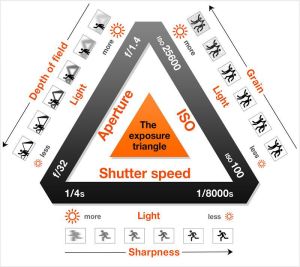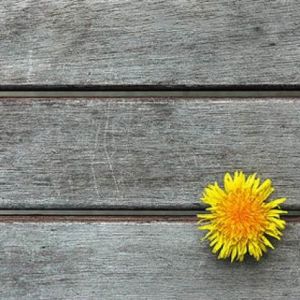Six Tips for Becoming a Better Photographer
What makes a great photo? Is the goal of the image to portray beauty? Is it to be thought-provoking? Is it to surprise or startle the viewer? Whatever the goal, if it communicates your message or idea, it’s considered to be a good photo. To fully achieve your goal, you need to become proficient in the technical side of photography. This includes understanding how your camera works, how to compose a shot, and how to work with changing light. The following tips will help to improve your photographic abilities.
Know your camera and how to use it

The more familiar you are with your camera, the more you can take advantage of its capabilities, and that will enable you to make instant adjustments in the field. For example, if you are photographing a sunrise or sunset, you need to know how to quickly adjust your aperture and shutter speed to work with changing light. It’s important to know your camera well so you don’t miss that perfect shot because you couldn’t automatically make the necessary adjustments.
WPS offers specialized instruction on Nikon, Canon and Sony cameras. If you’re interested in learning more about your Nikon camera, sign up for the June 27 class.
Know how the Exposure Triangle works

Good exposure is critical to a great photo. If your image is over- or underexposed, it will detract from the composition, color, or content of your photograph. Learn how your shutter speed aperture, and ISO settings relate to each other, which is known as the Exposure Triangle. When you understand the relationship between the three, you can use them to experiment and capture the image you envision. For example, shooting in low light with a small aperture and a fast shutter speed will result in an underexposed image. Experiment with longer shutter speeds to create motion blur. Or use wider apertures to introduce a shallow depth of field. Remember, when one setting changes, all the others must adjust to compensate for it.
Work with the light

Good light can set the mood while creating a correct exposure, and emphasize what’s important in the composition which is crucial for good photos. The use of studio or natural lighting will depend on your photographic preferences. In the studio, you have complete control of the color, brightness, and position of lights. Although it can take time to learn how to light scenes and people naturally with studio lights, once you know the techniques, you can get the look you envision.
Since natural light doesn’t require lots of extra equipment, it can be a little easier to work with. Keep in mind not to take photos when the sun is directly above which can make your images flat and overly bright, with harsh shadows. Instead, shoot during the “golden hour” which is the last hour before sunset or the first hour after sunrise, when the light is softer and more flattering.
Want to learn more about Portraiture using Natural light? Take the Natural Light Portraiture safari in Annapolis or Baltimore, led by Vickie Gray.
Know the rules of composition

Composition is the arrangement of elements in an image. Experiment with the placement of elements in your image by following standard composition rules, such as the rule of thirds. Place your subject in the left or right third of an image and leave the other two thirds open, creating negative space (and more interest) in your image. As you become proficient with shooting in one rule of composition, experiment with another, such as shooting from different angles and different perspectives. You can also balance your shot, fill the frame with your subject, or use leading lines which draw the viewer’s eye through the image. A unique or interesting composition can take a good photo and make it exceptional.
Want to learn more about the rules of composition? Sign up for the Composition Safari at the National Gallery of Art.
Experiment with different genres of photography
There are plenty of photography genres, so try as many of them as you can, even ones that don’t particularly interest you! It might change your mind about that genre of photography. In the end, your passion about a subject is going to speak to the viewer and make the image more interesting, so photograph subjects that make you happy! If you have additional hobbies or activities you like to do, try a genre of photography that can be combined with the other activity, like nature or landscape photography if you like being outdoors.
WPS has a wide range of safaris designed to help you become a better photographer! Visit the WPS website to learn more about our offerings.

If you’re doing all the tips listed above but your images still lack something that you can’t pinpoint, WPS is here to help! WPS Director and Professional photographer E. David Luria will critique 10 images and provide instruction on how they might be improved.
Sign up for an image critique or book a safari today and let WPS help you become a better photographer!
